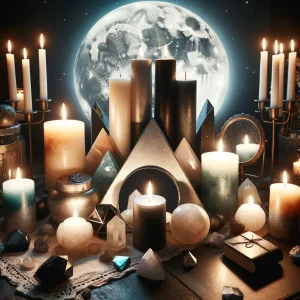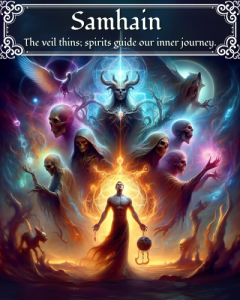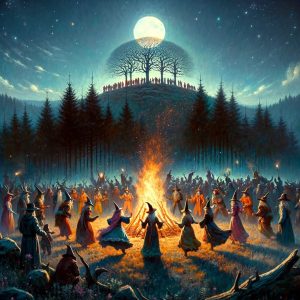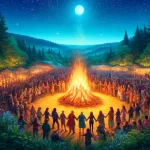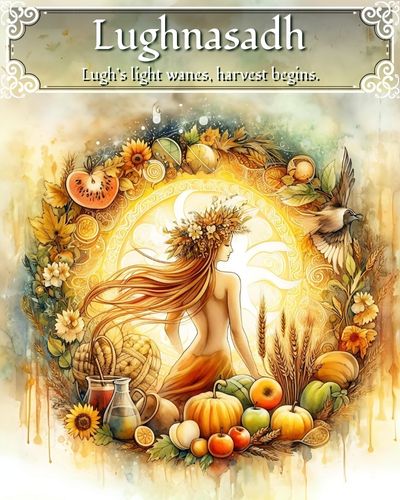
Approx. Reading time: About 2 Minutes

Introduction
Samhain: Embracing the Veil Between Worlds
Samhain, the Gaelic festival that marks the end of the harvest season and the beginning of winter, stands as a beacon of tradition and reverence in the modern Pagan Wheel of the Year. Celebrated on the night of October 31st in the Northern Hemisphere and on May 1st in the Southern Hemisphere, it holds a special place in the hearts of Pagans around the world. This article delves into the origins, history, and contemporary celebrations of this sacred Sabbat.

Origins and History
Samhain’s roots reach deep into the fertile soil of ancient Celtic mythology. Its name is derived from the Old Irish language, with “Samhain” meaning “summer’s end.” This pivotal festival not only signaled the conclusion of the harvest season but also heralded the advent of winter. During this time, livestock were brought in from the fields, and preparations were made for the colder months.
The Celts, in their profound connection with the natural world, believed that on the night of Samhain, the boundary between the realms of the living and the dead was at its thinnest. Spirits of departed loved ones and ancestors were thought to return to the world of the living. In response to the belief that malevolent entities might also cross over, bonfires were ignited to ward off such spirits. People donned costumes and masks, a tradition that endures in modern Halloween celebrations. Samhain also served as a time for giving thanks to the gods and goddesses of the harvest and recognizing the resting period that the spirits of nature were entering.
Celebrations and Traditions
Modern Pagans celebrate Samhain with a blend of ancient practices and personal interpretations. This sacred time is marked by reflection, remembrance, and rituals to honor the departed. Here are some of the most common customs associated with Samhain:
Honoring Ancestors: Samhain is viewed as a time when the veil separating the living and the deceased is at its thinnest, facilitating communication with ancestors and loved ones who have passed away. Many Pagans create altars or shrines adorned with offerings of food, drink, or mementos to pay homage to their ancestors.
Divination: Samhain is considered an auspicious time for divination and fortune-telling. Tarot cards, runes, scrying mirrors, and other divinatory tools are employed to gain insights into the coming year.
Bonfires: In the spirit of the ancient Celtic tradition, bonfires are often lit to honor the changing of the seasons. These flames symbolize both the warmth and protection needed as the nights grow longer.

Feasts: Samhain is a time to celebrate the bountiful harvest season. Many Pagans host feasts or potluck dinners, sharing food and drink with friends and family in gratitude for the year’s abundance.
Rituals and Ceremonies: Elaborate rituals are commonly performed to honor the turning of the seasons and to connect with the spirits of nature. Chants, drumming, dancing, and meditations are integrated into these ceremonies.
In Conclusion Samhain, with its ancient origins and contemporary relevance, is a powerful and meaningful holiday for Pagans and Wiccans worldwide. It is a time of celebration and reflection, a season to connect with the mysteries of the universe. As the veil between worlds thins, it offers an opportunity to honor the harvest, ancestors, and the cyclical nature of existence. Samhain stands as a testament to the enduring traditions that celebrate the intricate tapestry of life, death, and rebirth. Whether through solemn rituals, divination practices, or joyful feasting, Samhain invites us to embrace the profound mysteries that dwell in the liminal spaces between the living and the departed.

